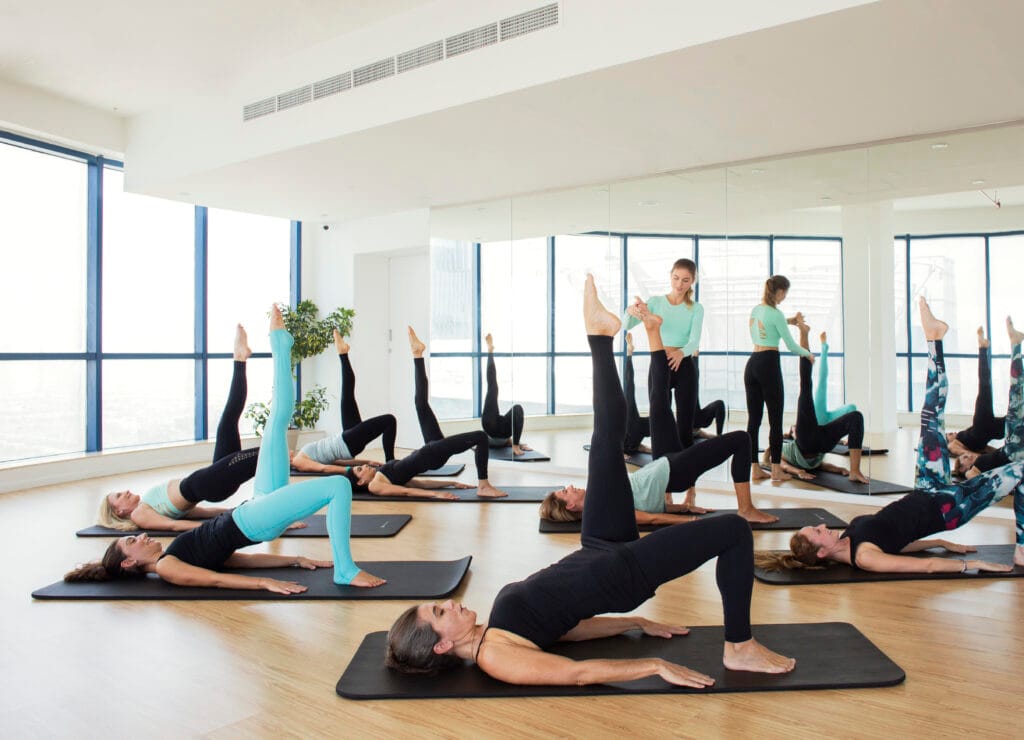The Pilates industry is facing a quiet crisis – one that’s unfolding not in studios, but in living rooms, garages, spare bedrooms, and Instagram stories.
Across cities and suburbs alike, an increasing number of Pilates sessions are being offered in private homes by individuals who may be well-intentioned, but often lack proper space, equipment, safety measures, or – in many cases – professional certification. And while this trend may seem harmless or even “convenient” on the surface, it’s having a profound impact on the integrity of the profession, the safety of clients, and the future of legitimate, licensed studios.
This isn’t a conversation about gatekeeping. It’s about standards, ethics, and the sustainability of a profession that is being diluted by shortcuts and sidesteps.
The pandemic accelerated the shift toward home-based work – and in many ways, it opened up opportunities for instructors and clients to stay connected when studios were closed. But as the world returned to normal, many of those pop-up setups didn’t fade out. Instead, they became permanent.
Today, we’re seeing more and more so-called “home studios” offering services that look like professional Pilates sessions – often with minimal regulation, questionable qualifications, and improvised setups that fall far short of professional standards.
And while some may argue that this increases access or makes Pilates more affordable, what it’s really doing is undermining the professionalism of the industry, putting clients at risk, and confusing the public about what Pilates actually is.
For the average person looking to “try Pilates,” a home-based class might seem like a fun and casual way to move – but here’s what they’re not being told:
When clients don’t know the difference between a certified instructor working in a licensed studio and someone casually offering “Pilates” from home, the entire industry loses credibility.
Every time a client chooses a home-based class over a legitimate studio, it chips away at the stability of the professional market. Here’s how:
It creates a race to the bottom – not just financially, but professionally. And in that race, the client ultimately loses.
Clients deserve to understand what they’re walking into. Choosing a Pilates class isn’t like choosing a smoothie or a spin playlist. You are placing your body – your spine, your joints, your postural health – in someone else’s hands.
Before you book a class, ask yourself:
Pilates is not just about moving. It’s about learning to move well – with intention, precision, and control. That requires more than a mat and a playlist. It requires structure, training, and the right environment.
To be clear, the issue isn’t about where Pilates is practiced – it’s about how it’s practiced.
There are excellent instructors who occasionally teach private sessions in homes or run hybrid programs with care and integrity. The difference is: they bring their professionalism with them. They’re certified. They’re insured. They assess the space. They know the method. They take responsibility.
The real problem is with those who skip all of that and present themselves as equals in a field they haven’t truly entered.
It’s time to have this conversation openly – not to shame, but to educate.
Pilates is a professional discipline. If we don’t protect it, we lose it – slowly, subtly, and then all at once.
You don’t need to be an expert to make a wise choice. Look for signs of professionalism:
It’s your body. Your time. Your investment. Make it count.
Pilates is not a trend, a social class, or a home hobby. It’s a professional method that deserves to be taught – and learned – with intention, skill, and respect.
As clients, let’s choose more wisely. As instructors, let’s teach more responsibly. As an industry, let’s protect what makes Pilates more than just another workout: its depth, its structure, and its purpose.
Because once that gets lost in someone’s living room, we’re no longer building a profession – we’re just playing pretend.
Stay connected. Get the latest updates on Pilates insights, events, and opportunities straight to your inbox.
